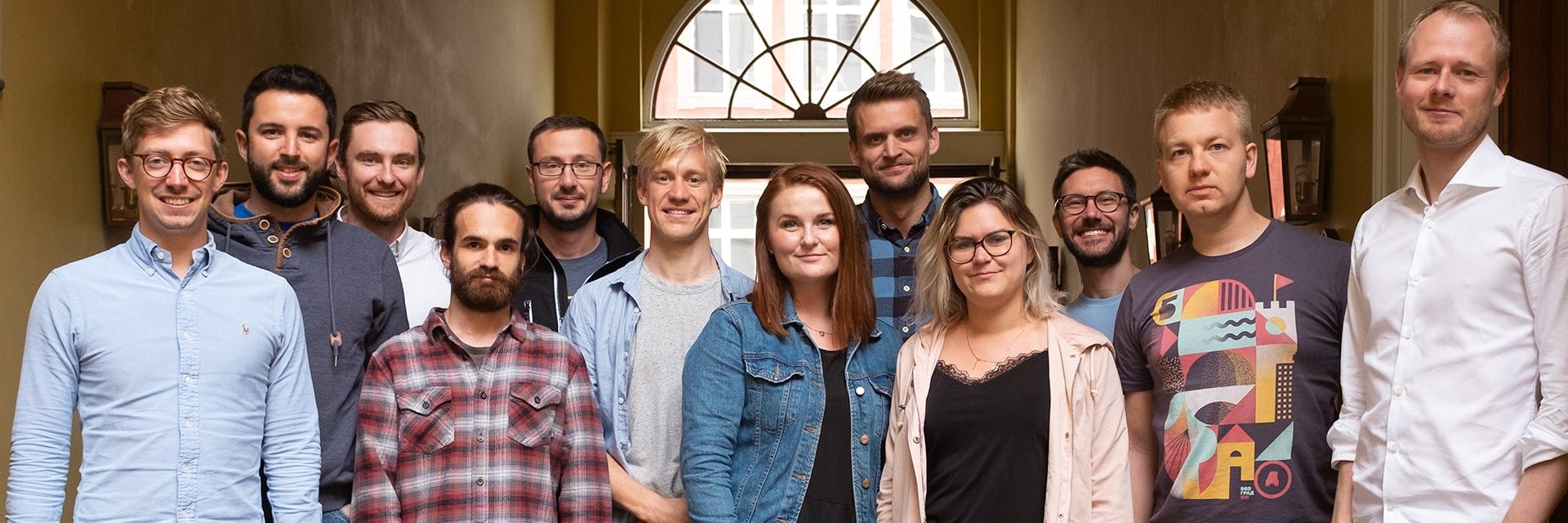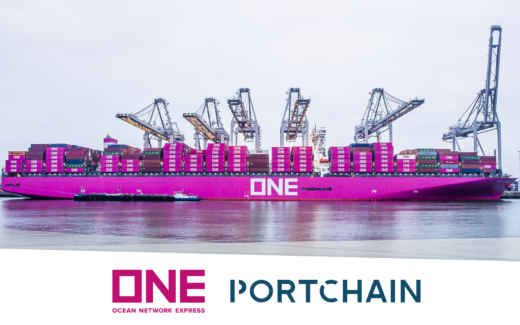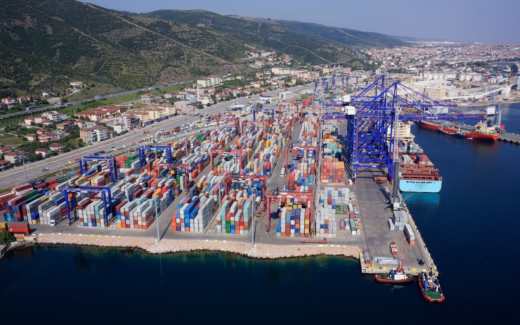
Since its origins, Portchain has successfully worked within a remote culture easily allowing an international team. In the digital age, especially within the realm of tech, dependency on physical proximity of co-workers is decreasing. Online communication channels and digitized work streams have replaced most manual procedures. As a result, barriers for socialization and work-related activities are significantly reduced for international teams. While this sounds great in theory, we find it valuable to share our idea of a vibrant and healthy remote culture to future team members. We asked three of our successful remote team members what it is like to work remotely for Portchain.
Portchain’s sucessful remote culture
Although Portchain’s headquarters are in Central Copenhagen, approximately half of Portchain’s team members work remotely from countries such as the UK, Italy, Uruguay, Serbia and Russia. This team composition is based on a simple core philosophy:
In Portchain, diversity drives innovation
However, it is one thing to have a philosophy but quite another to practice it in real life. After chatting with Helena, Federico and Michele, we identified three cornerstones of Portchain’s remote culture:

1. Transparency and inclusion
Transparency entails every action that the company can take to keep everyone up to speed on long term plans, but also simple everyday discussions. According to Federico Gandellini (Senior Software Developer, Italy) transparency is the key to inclusion of remote employees:
Federico: “There is a lot of transparency at Portchain. Everyone plans meetings upfront, and I can check the calendar of my colleagues. Further, we chat on Slack, where all relevant company news is available to all. From a technical point of view, we usually write documentation when making updates or publishing new features. This is shared between us using Slack and Google Drive, so we can find all information in the cloud. This gives me a strong feeling of inclusion.”
But why are transparency and inclusion so important when working remotely?
Federico: “Something that is often difficult for people in an office when dealing with their remote colleagues is to remember to share information through the shared platforms. For instance, when two people are in an office together, it might be easier just to talk with each other than to write it on, for example, Slack. But if this is not done, information will not flow. At Portchain, the remote culture reinforces people who are working in the same room to work in a slightly unnatural way where all information is shared. This is a great benefit for the remote team and actually results in more efficient communication across the company, since we document all information and decisions.”
Michele Capra (Technical Team Lead, Italy) adds:
Michele: “Even though I am working remotely, I often go to the Copenhagen HQ to spend time with the rest of the team. At the office, I immediately get along with my colleagues because it feels like we are in touch all the time online and see each other frequently over video conference.”
2. Non-hierarchical structure
A supporting element which enhances transparency and inclusion is a non-hierarchical organizational structure where managers, senior and junior team members can discuss openly. Helena Muñoz (Senior Software Engineer, Uruguay) elaborates:
Helena: “We have a flat hierarchy. Everyone cares about each other, and it is a priority to get in touch with our colleagues and support each other, no matter the level of seniority. We have regular 1-on-1s with our managers and colleagues, even from other teams. These sessions allow us to receive feedback, but also to give feedback to managers and peers.”
To explain what enables this flat organizational structure, Helena highlights two important values:
Helena: “We have two core values that support this: openness and trust. These values are the grounds for the way we work and collaborate.”
3. Feedback and learning
While transparency and a flat organizational culture are important components of managing a successful remote company, effective feedback and learning over distances can be a concern for remote employees. Michele and Helena discuss their learning experience in Portchain:
Michele: “It has been a ride. From zero to where we are at now. Being in a startup gives you the opportunity to be involved in anything you want. You get to experience starting a product from scratch and then seeing it evolve. This is really motivating.”
Helena: “One thing that is great about Portchain is the opportunity to grow and develop with the job. It is such a new and dynamic environment. This type of environment facilitates a constant learning process. As Michele said, job activities can vary a lot and you can acquire skills ranging from supporting in the recruiting process to building complex product features. Also, giving and receiving feedback is part of Portchain’s culture and is something that happens frequently.”
How to become a successful Portchain remote team member?
Before starting a remote career, there are a few practical lessons that can be quite useful. Federico shares his advice:
Federico: “You don’t have the same strong time constraint as you do when you are working at an office. I mean, it is not the usual routine where you are working the typical 9-17. You are free to plan your time, as long as you get things done. This is a great flexibility, but it also comes with certain requirements. You need to be good at structuring your time or you can end up feeling lost. You should have strong self-discipline, control and be a structured individual if you want to be successful as a remote employee.”
Federico finds that Portchain’s remote-first approach helps with this exact challenge:
Federico: “In this sense, Portchain’s structure helps a lot. There is very clear planning of activities. For example, when there is a meeting, everyone arrives at the planned hours. Therefore, we have to be synchronized and video call invites are automatically available through Google Hangouts.”
Michele emphasizes the benefits of working remotely in terms of work-life balance:
Michele: “I can adapt my day-to-day working schedule to my family. If I want, I can also take a longer break during lunch time to do sports and then finish my work later in the afternoon. To me, this approach strikes the perfect balance for my needs and allows me to adapt my work to my private schedule. But it also requires me to be efficient in planning ahead and manage my schedule.”
Vital tools and software to support Portchain’s remote culture
The final component of a successful remote organization is using the right tools and software to support a seamless integration of HQ-based team with the remote team. There are many great applications available today to facilitate online integration. Michele shares Portchain’s approach.
Michele: “There are a few core tools that we use that can give an idea of how Portchain takes care of remote workers:
- In every meeting there is always an invite for a video call through Google Hangouts. This allows everyone to quickly join no matter the physical proximity. Also, we have the right equipment for such an infrastructure: a good web camera, good audio systems and monitors for displaying video calls.
- Sharing all updates. We primarily use Slack and Gmail to communicate and share all documents in our Google Drive.
- Also, all important offline discussions are immediately shared by a note on Slack with the entire team to keep everyone up to speed.”
Can a successful remote culture transcend national borders?
At Portchain we certainly believe so. Not only can it transcend, but it can actually thrive if the right values and tools are integrated into the company DNA.
At the moment we are hiring, so if this blog has caught your interest, and you want to learn more about us, feel free to contact us or check out our open positions.




